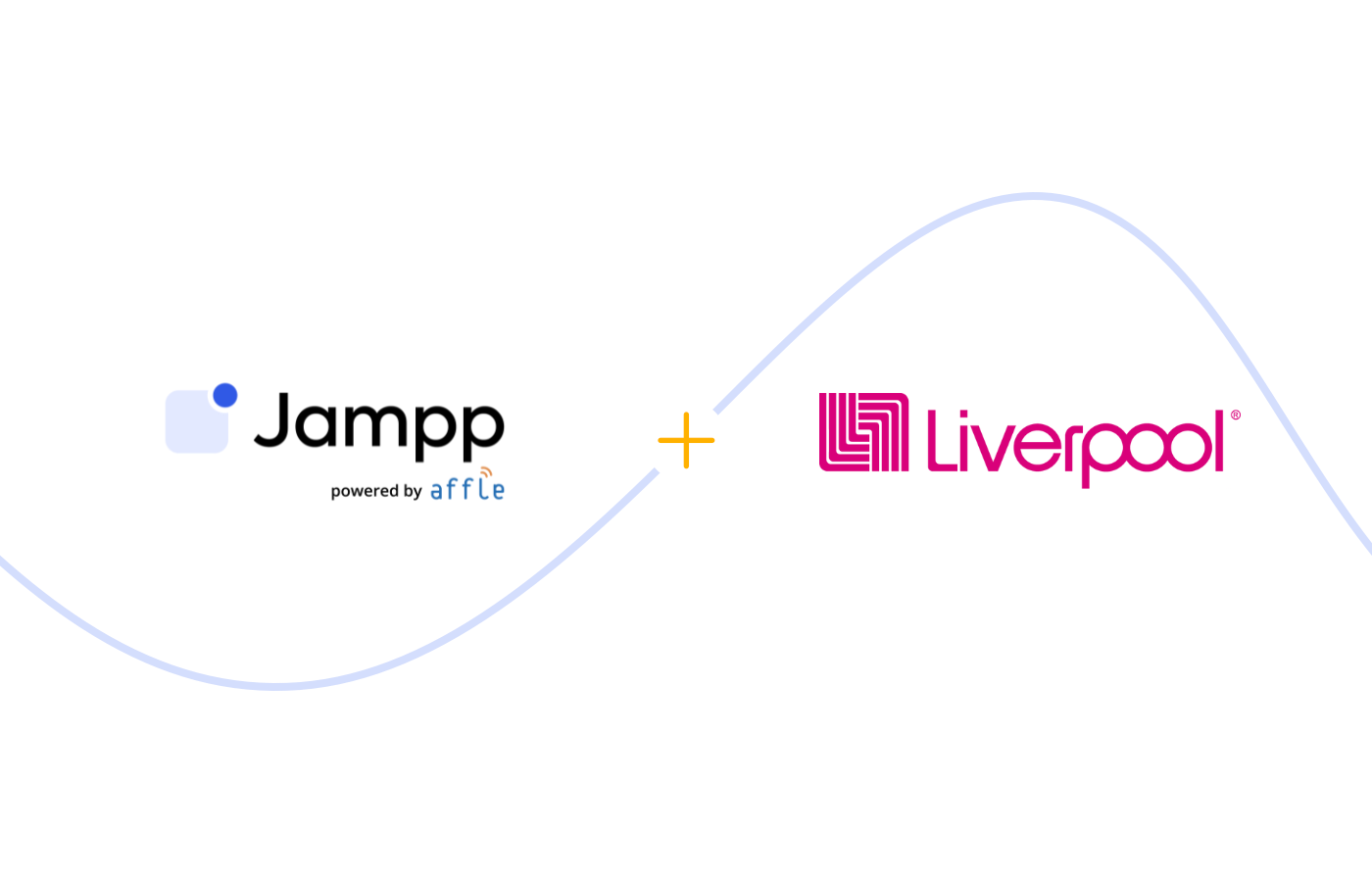View-Through Attribution vs Click-Through Attribution
Learn how leveraging these attribution models can help you better understand the real value of every ad format, placement, and growth partner.
November 25, 2021

In this post, we’ll cover the basics of View-Through Attribution (VTA) and Click-Through Attribution (CTA), including:
- What is VTA and why is it important?
- How does VTA work?
- What is CTA?
- How does CTA work?
- Which one is better, VTA or CTA?
Keep reading to learn how these attribution models can help mobile marketers better understand the real value of every ad format, placement, and growth partner.
What is VTA?
View-Through Attribution (VTA) is an attribution model that tracks which ad impressions led to a conversion. In other words, VTA allows advertisers to attribute a conversion to users who were exposed to an ad, didn’t click on it, but went on to install the app, make an in-app purchase, or conduct any other specific action influenced by the ad they saw.
How does VTA work?
The simple version you can explain to your mom
Let’s say that a user is playing a mobile game and sees an ad for a Food Delivery app offering a 20% discount. Instead of clicking on the ad, the user keeps on playing. However, that same user later remembers the ad, looks for the Food Delivery app on the app store, and downloads it.
This is why VTA is important, because it helps advertisers understand which impressions ended in a conversion even if the users didn’t click on the ad.
The "a-bit-more-technical" version you can share with your team
View-Through Attribution allows app marketers to track ad impressions and compare them against post-impression user behavior across a specific period of time.
During this period of time, usually referred to as the attribution window, an install or event can be credited to a specific impression or click generated by a specific user. In the case of VTA, the standard attribution window is 24h.

Therefore, VTA will credit a particular growth partner with a conversion given that:
- there is no other interaction with the brand between the user saw the ad and installed the app, and
- the install occurs within the 24 hours after the user saw the ad (that is to say, within the attribution window)
What is CTA?
While VTA focuses on tracking ad impressions, Click-Through Attribution (CTA) or Last-Click Attribution (LCA) measures the value of clicks on an ad.
VTA has shorter, 24-hour attribution windows to prevent any kind of interference between impression and conversion—CTA windows are much longer. In fact, clicks are attributed more “intent” than impressions, so the industry standard for Click-Through Attribution windows is 7 days.
How does CTA work?

With CTA, the conversion is attributed to the last ad the user clicked on before installing the app or conducting any other action within the app. This means that if a user sees an ad from Partner A but clicks on an ad from Partner B promoting the same brand, and later installs the app, the conversion is credited to Partner B.
VTA vs CTA: which one is better?
The best option is to leverage both VTA and CTA in tandem since this is the only way to understand the value of each interaction throughout the entire user journey. By combining both models, CTA can be used to track conversions that are a direct result of seeing an ad, and VTA can help identify installs and events that happened as a result of users being exposed to an ad.
Advertisers who don’t track VTA have less visibility into which ads and growth partners are truly driving conversions and installs, which in turn might lead to:
- Blacklisting channels/placements with little to no attributed clicks which might be contributing to user conversion: As our friends at Singular say: “if a particular channel is showing 100 installs a day using click-through attribution and 200 installs when you activate view-through attribution, this provides a much more complete picture about the impact of that channel.”
- Incorrectly labeling impression-based conversions as organic: consider the example we’ve just cited, in which 100 out of 200 installs were impression-based. Without VTA, the remaining 100 would have been attributed to organic traffic, when they actually were a result of users being exposed to ads.
- Make less informed marketing decisions that cripple campaign optimization: not having enough visibility into which ads and partners are truly driving success for your business will limit your campaign’s growth potential.

💡 Always keep in mind that an impression will only be credited for an install or event if no click was detected within that specific attribution window.
Want to learn more?
Find more information about how View-Through Attribution works in conjunction with Click-Through Attribution here, or contact us to see a live demo of our growth platform.
Subscribe to our email newsletter









